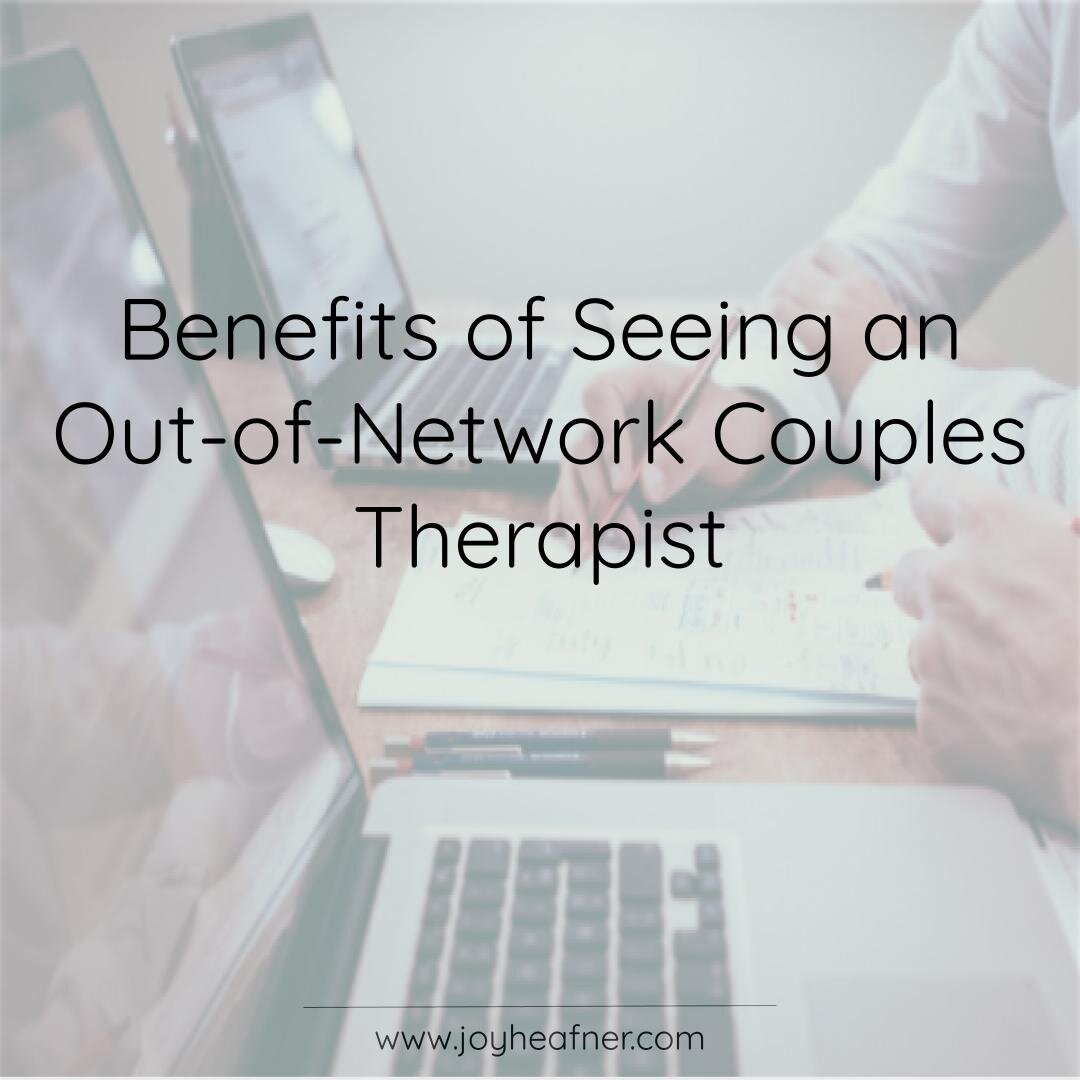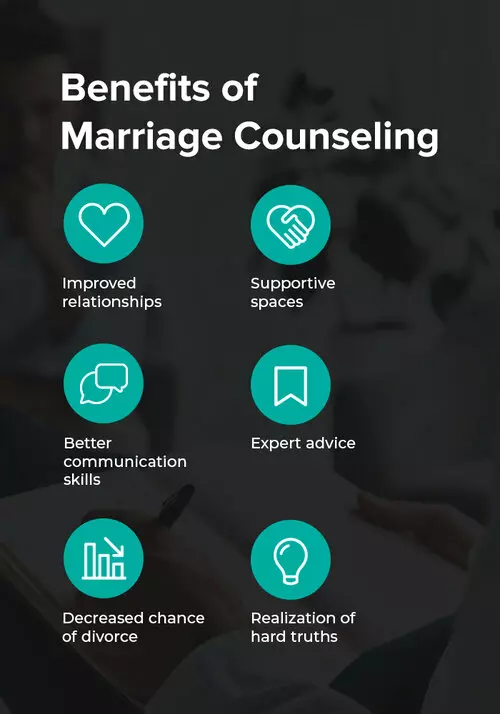All about Aim Point Counseling
All about Aim Point Counseling
Blog Article
The Basic Principles Of Aim Point Counseling
Table of ContentsSome Known Details About Aim Point Counseling How Aim Point Counseling can Save You Time, Stress, and Money.Aim Point Counseling Can Be Fun For AnyoneThe smart Trick of Aim Point Counseling That Nobody is Discussing6 Simple Techniques For Aim Point CounselingThe Ultimate Guide To Aim Point Counseling
The longitudinal layout includes a pre-treatment study and 2 follow-up surveys at 3- and 12-months post-intervention. The study is embeded in eight Relationships Australia Victoria centres, throughout metropolitan, outer residential areas, and regional/rural sites. Relationships Australia, a non-government organisation, is the biggest service provider of couple therapy and relationship services in Australia.
In Australia, the mean size of marital relationship prior to separation is 8.8 years, and around half of all separations entail pairs with children [1] These high rates of relationship malfunction have actually been continually associated with unfavorable health and wellness consequences for both grownups and youngsters adhering to divorce/separation. These consist of isolation from support networks, and minimized revenue and requirement of living for both adults and kids [3], problems of commitment over children for men, and depression and loss of identification for women [4,5]
About Aim Point Counseling
Longitudinal studies also recommend that kids of divorce have a higher incidence of mental problems, alcohol and drug use, and dangerous sexual behaviour [7] The effects of separation and splitting up can be damaging, research shows that high partnership disharmony in undamaged pairs is also most likely to have unfavorable end results.
Study to day has identified both couple and private variables that may add to partnership dissonance. These include relationship satisfaction and commitment at the couple degree, and anxiety at the private degree.
The Only Guide for Aim Point Counseling
While a lot of research studies indicate improvements in connection complete satisfaction adhering to couple therapy, they are limited by the examples and actions used, largely temporary follow-up time frameworks, and evaluations that do not account for the dyadic nature of pair data., is one more generally checked out relationship result.
To summarise, research study shows that couple-specific variables as well as specific variables might forecast the end results of couple counselling and connection solutions. The causal direction of these connections, nonetheless, is less clear. These monitorings are essential, given that, to warrant and guide the application of connection solutions such as pair coaching, empirical evidence should check out both the results of connection solutions and the aspects that anticipate successful therapy.
, at the very least in some European countries.

We presently understand little about the accounts of couples that look for relationship education contrasted with those that look for connection counselling, or the end results of these programs. Anecdotal proof recommends that there may be considerable distress amongst at the very least some couples seeking relationship education and learning. Partnership education and learning programs differ from pair therapy as they are usually very structured, performed in teams, and concentrate on a combination of four components; awareness, responses, cognitive modification, and skills training [45]
What Does Aim Point Counseling Do?
Comments includes participants finishing questionnaires about their connection (e.g. procedures of interpersonal problems), and getting info on what their ratings show. Cognitive-behavioural strategies advertise changing cognitions to promote positive relationships. These might consist of promoting sensible attributions/expectations around adverse companion behavior [46] In skills training, pairs go to lectures or presentations on relationship abilities, and practice these during facilitator-led tasks [ 45]
These meta-analyses highlight limitations in the present literary works on partnership education. This sample profile might not represent clients that normally present for relationship education and learning.
Examine This Report about Aim Point Counseling

Really little study has actually taken a look at the comparative benefits reference of pair coaching and connection education programs. As customers are likely to self-select into these solution types, it is unclear whether characteristic relationship distress accounts present per solution kind, or indeed whether there is an interaction between providing profile, solution type and outcome.
(https://experiment.com/users/a1mpoint)
Therefore, we have actually consisted of a 12-month follow-up to gauge longer-term trends and effects.
We suggest to use multi-level analytical modelling procedures that control for the inter-dependence of pair data to assess any kind of therapy effects. The particular aims of the ECC research study are to: 1. Map accounts of customers seeking community agency-based pair coaching vs. partnership improvement programs in regards to socio-demographic and connection indicators (such as partnership satisfaction, relationship dedication, social problems, and factors for attending), as well as wellness (such as clinical depression, general wellbeing) and health service usage (eg.
2. Establish whether couple coaching and connection education services enhance three- and twelve-month end results for partnership fulfillment, dedication, and clinical depression, utilizing statistical evaluations ideal to pair information. 3. Establish the relative contributions of customer variables (specific and pair) and therapy/education elements to results at 3- and 12-months, and to sustainability of results over time.
The Buzz on Aim Point Counseling
Multi-level modelling to identify pre-post distinctions, regulating for dyadic (couple) level. To contribute to the literature examining the effectiveness of community-based pair coaching. The outcomes will certainly assist scientific decision-making in community-based relationship service setups, and expert training. 3. To determine the family member contributions of client/couple and treatment elements to outcomes at 3- and 12-months, and to sustainability of results over time.
Report this page